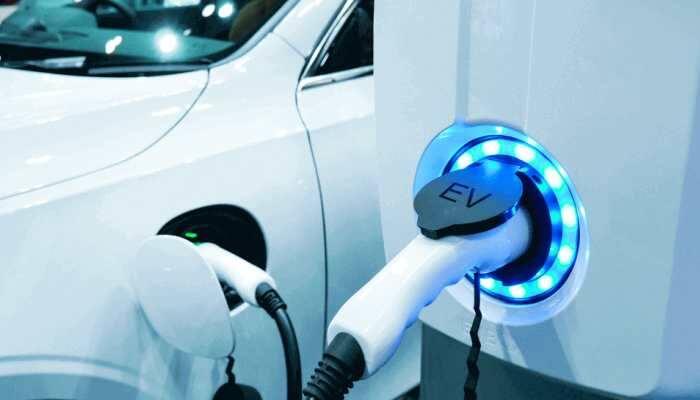India’s 2025 budget boosts electric mobility funding by over 20%, totaling Rs 5,322 crore. PM E-DRIVE and eBus Sewa schemes see major increases, while FAME and other programs face cuts. This push aims for 30% EV adoption by 2030 and self-reliance in EV tech by 2047, tackling transport emissions.
New Delhi – The Indian government has significantly increased its financial commitment to electric mobility in the Union Budget for 2025-26. Allocations for EV-related schemes have risen by over 20%, from Rs 4,434.92 crore in the 2024-25 revised estimates to Rs 5,322 crore in the 2025-26 budget estimates. This increased funding underscores the government’s push for sustainable transportation, reduced fossil fuel dependence, and domestic EV manufacturing.
Several key schemes have seen substantial funding increases:
PM Electric Drive Revolution in Innovative Vehicle Enhancement (PM E-DRIVE): This two-year program, launched in September 2024 to support various EV types and charging infrastructure, has received a massive 114% budget boost, reaching Rs 4,000 crore.
Scheme to Promote Manufacturing of Electric Passenger Cars in India (SMEC): Funding for SMEC, aimed at boosting local EV production and global competitiveness, has doubled to Rs 12 crore.
PM-eBus Sewa Scheme: This scheme, focused on expanding electric bus operations, has seen its budget more than double, rising to Rs 1,310 crore.
However, some previously funded programs have been omitted from the 2025-26 budget:
FAME India: Despite its crucial role since 2015, FAME has received no allocation, suggesting a potential restructuring or shift in strategy. Its funding had already been significantly reduced in the previous fiscal year.
Electric Mobility Promotion Scheme: This scheme, which supported EVs with advanced battery technology, also received no funding for 2025-26.
India’s EV Ambitions
This increased investment aligns with India’s ambitious EV goals. The nation aims for 30% EV penetration in the auto market by 2030 under the Viksit Bharat Initiative and seeks self-reliance in EV R&D by 2047. The long-term goal, as outlined in the National Electric Mobility Plan 2020, was to achieve annual EV sales of 6-7 million units. These efforts are complemented by initiatives like the PLI scheme and the Green Hydrogen Mission, which promote fuel cell, battery, and energy storage manufacturing. These combined efforts aim to curb transport sector emissions, which are heavily reliant on fossil fuels.







